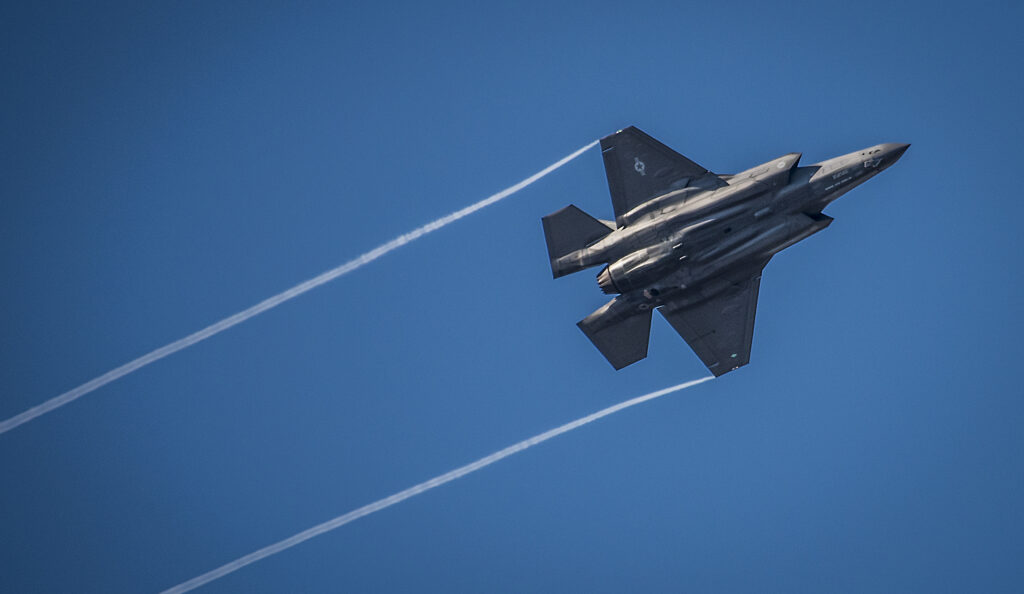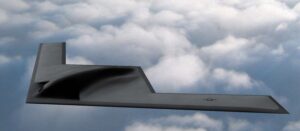
F-35 Lightning II
WASHINGTON: House and Senate authorizers approved 14 Lockheed Martin F-35 Joint Strike Fighters over DoD’s 2021 budget request: 12 F-35As and 2 F-35Bs. In addition, the Air Force is authorized to add six F-35s meant for Turkey to its own fleet.
The accord “supports the budget request and service’s Unfunded Priorities Lists by authorizing 93 F35 aircraft for the Air Force, Navy, and Marine Corps,” explains a summary of the 2021 National Defense Authorization Act (NDAA) conference report released today by the Democratic Majority of the House Armed Services Committee (HASC). In total, the authorizers okayed $9.1 billion for the program.
The authorizers’ agreement to boost the F-35 buy echos the Senate Armed Services Committee version of the NDAA, and in effect splits the different between Senate and House appropriators; House defense appropriators wanted to add 12 F-35s; their Senate counterparts, 17. Of course, no defense appropriations bills been passed and one does not look likely. Unless appropriators add the additional F-35s to a Continuing Resolution there may not be any money to buy them,
The two sides of Capitol Hill agreed that the Air Force should be able to use the six F-35s ordered but never delivered to Turkey after Erdogan’s country was ejected from the program in July over its acquisition of Russian S-400 air defense system, the conference report explains. Those aircraft currently sit in storage at Edwards AFB.
At the same time, the authorizers are keeping a close eye on the F-35, particularly its troubled maintenance software known as ALIS and continuing spare parts shortages. The HASC summary says: “Continues critical oversight of the F-35 Joint Strike Fighter and initiates new reporting requirements from the Department on software testing methodologies, AutonomicLogistics Information System (ALIS) redesign and fielding, mitigation of physiological episode occurrences, and critical issues approaching the full-rate production decision occurring in 2021.”
All in all, the Air Force makes out relatively unscathed in the conference agreement: getting a $2.5 billion bump to its procurement request, for a total of $51.1 billion; about $753 million was cut from its request for research, development, test and evaluation, for a total of $36.6 billion.
This includes authorizer’s approval for full funding of Northrop Grumman’s B-21 stealth bomber, including the first year of procurement funds, the HASC summary said. The Air Force had requested $2.8 billion for Raider R&D, and some $193 million in 2022 to launch procurement of the 100 aircraft the service has said it needs.

B-21 Raider artist rendering
The conferees further would add $655 million to the service’s request to fund seven additional Lockheed Martin C-130J aircraft. The accord also “supports acceleration of the prototype and fielding of Low-Cost Attributable Aircraft Technology (LCAAT) systems and the SKYBORG program by adding $50 million to augment our current air forces with autonomous unmanned aircraft that would pair with F-35 and other tactical aircraft to ensure air superiority for our warfighters,” the SASC summary says.
The conference report also requires the Air Force to retain a minimum of 287 tactical airlift aircraft, and 92 bombers. It “establishes a minimum number of combat coded aircraft for most major mission areas in the U.S. Air Force and prohibits the divestment of combat-coded aircraft until the minima are reached to ensure that the Air Force meets [National Defense Strategy] and combatant command requirements. This includes limitations on bomber, tanker, and airlift aircraft and maintains the fighter aircraft requirement,” the SASC summary of the bill says.
The conference report language elaborates that, “subject to the availability of appropriations,” the Air Force must “seek to achieve the capabilities provided by a minimum of 386 available operational squadrons, or equivalent organizational units. In addition, the Secretary shall seek to achieve not fewer than 3,580 combat coded aircraft within the Air Force.”
Reading between the lines, the language in essence is a plea from lawmakers — but in essence an unfunded mandate. Indeed, the authorizers leave the Air Force wiggle room on the numbers by stating that if modifications are deemed acceptable due to “new capabilities” coming on line, the Air Force secretary simply must provide a report explaining the rationale to Congress. This includes a certification that the changes imply only a “moderate operational risk” to the Joint Force’s capabilities.
The House and Senate authorizers keep a careful eye on the service’s plans for developing a six-generation fighter under the Next-Generation Air Dominance program, via the Digital Century Series approach championed by Air Force acquisition czar Will Roper. The agreed NDAA draft would cut $70 million from the Air Force’s $1 billion request, and “requires the Director of Cost Assessment and Program Evaluation to conduct an in depth cost, risk, and affordably review on Air Force plans to develop and field the Next Generation Air Dominance aircraft under an aggressive and uncertain plan known as the Digital Century Series Aircraft Acquisition Strategy.”
The Air Force’s high-priority Advanced Battle Management System (ABMS) program, designed to underpin Joint All-Domain Command and Control (JADC2) for future operations across the air, land, sea, space and cyberspace domains, also remains under scrutiny. The conference report cuts $85.5 million from the program for “unjustified costs.” It further “strengthens accountability” for ABMS “by adding reporting requirements on ABMS demonstrations, product line capabilities, and decision-making authorities. Also requires the Air Force, in consultation with the Director of Cost Assessment and Program Evaluation, to provide a cost estimate for ABMS,” the HASC summary says.
Specifically, this includes a mandate for DoD “to produce” JADC2 requirements (developed by the Joint Requirements Oversight Council, or JROC), and instructs the Air Force chief of staff “to certify that the current JADC2 efforts meet the requirements,” the SASC summary says.
In one of the strongest indications yet of congressional interest in multi-domain operations, the full conference report say the other service chiefs must certify to the HASC and SASC that their “efforts in multi-domain command and control are compatible with the Air Force-led architecture no later than July 1, 2021.” Meanwhile, the Secretary of Defense “would be required to incorporate the expected costs for full development and implementation across the Department of Defense in the fiscal year 2022 budget request,” it adds.
In other key provisions, the conference language:
- Requires the Air Force to provide a long-term modernization plan for airborne
Intelligence, Surveillance, and Reconnaissance (ISR). - Updates existing public law prohibiting retirement of the RQ-4 or U-2 aircraft until
specific certifications or waivers have been provided to Congress.
Clearing smoke: Boeing swapping out AH-64E Apache generators, eyes new generator options
“We’ve seen some improvement … and so readiness is there: We have enough retrofit generators right now [and] it’s not impacting readiness,” said John Chicoli, the director of Boeing’s global services for vertical lift and special operations.


























